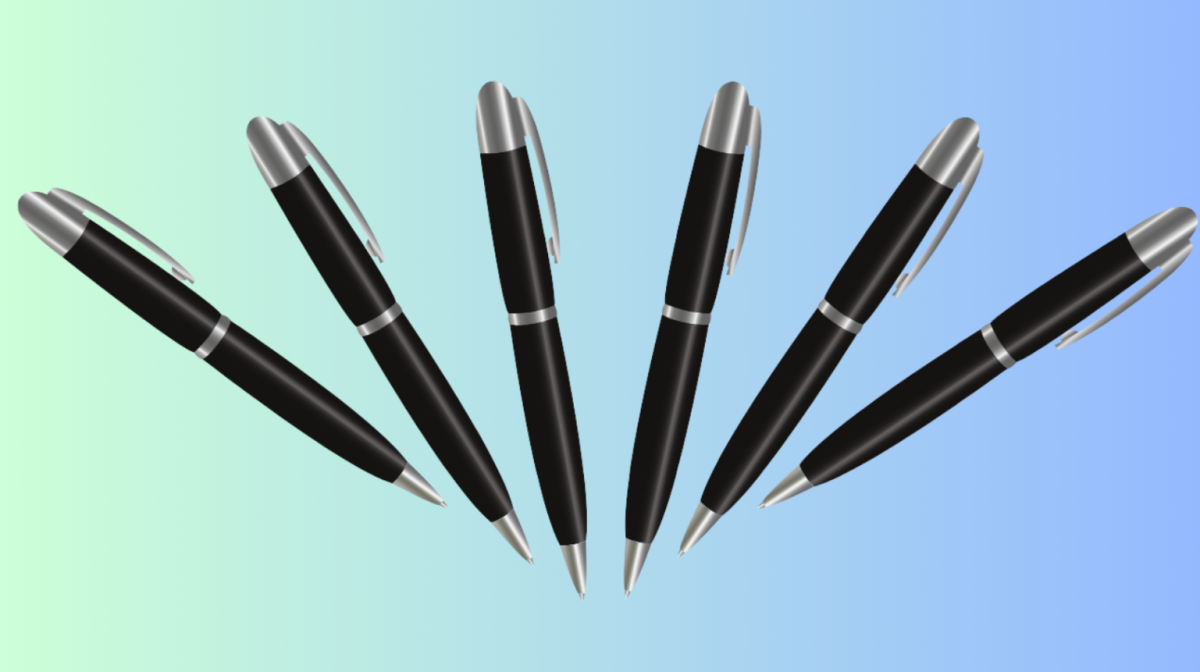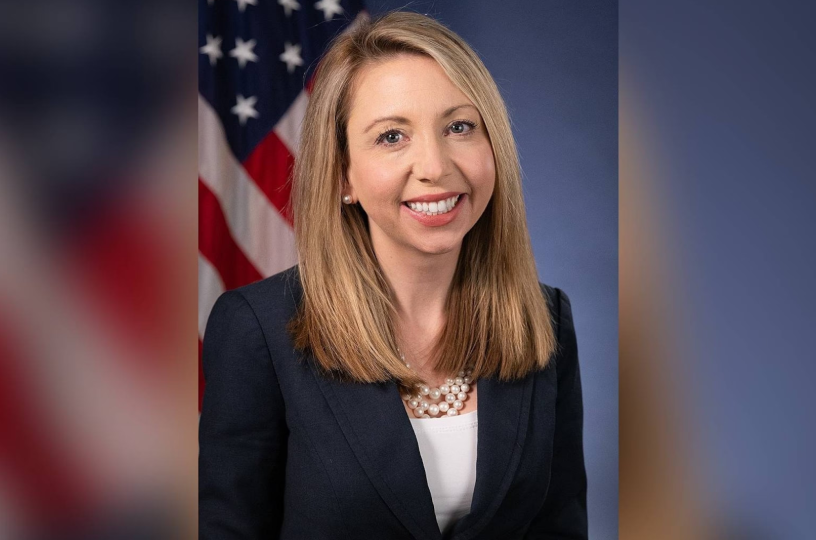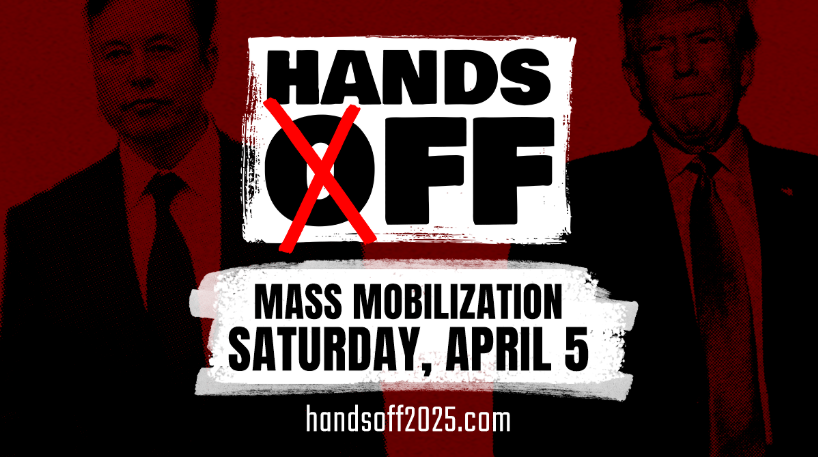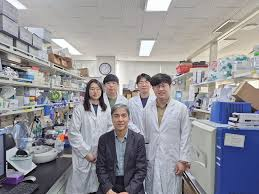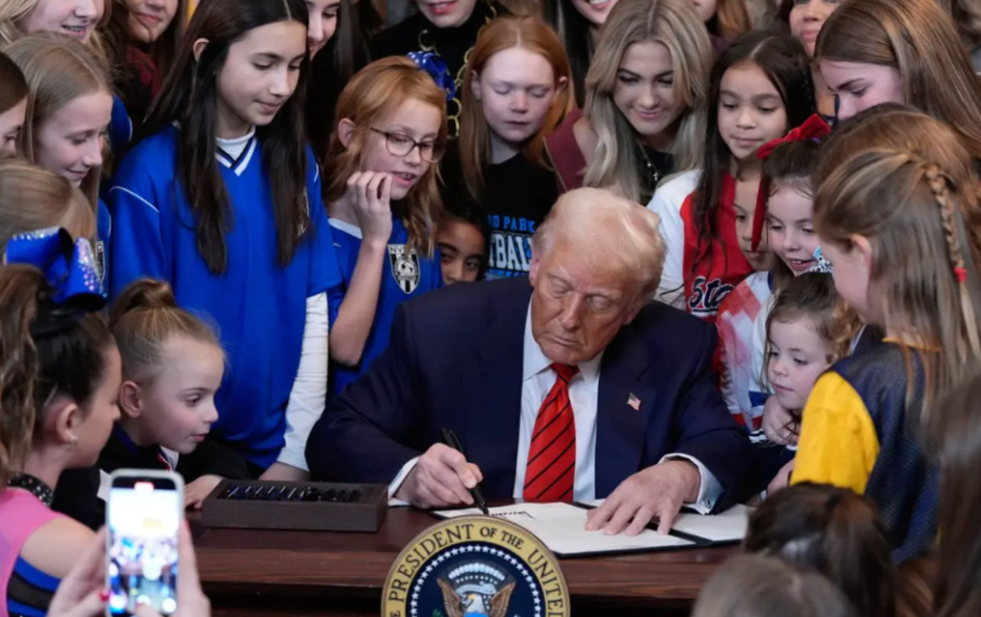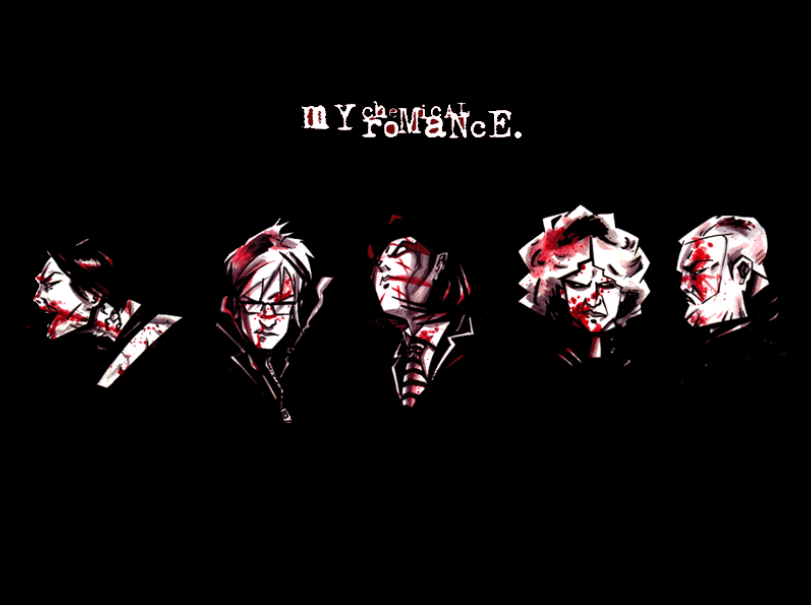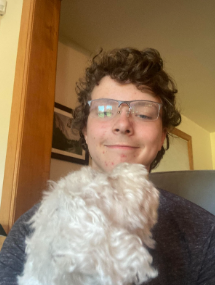A first job is an important experience for most that usually occurs in high school or college. Historically, those who have white collar jobs have had nothing to fear from automation. That’s changing. AI is threatening the higher paying jobs that have been seen as safe from automation through technology.
AI is able to automate many jobs that are in data processing, with its ability to understand and interpret large quantities of information. Tasks that are repetitive and that don’t need to have a large human element to them are at risk. Administrative and record keeping jobs are the most at risk, along with customer service at a low level. An AI chatbot can do that task.
According to a report published by investment banking company Goldman Sachs, AI could affect two thirds of all jobs by automating some of their work, and completely replace a quarter of all jobs. This amounts to 300 million people. Fortunately, this comes with a flip side. AI will replace jobs, but as with any new industry, it will make new ones too. There will be the loss of some jobs, but the creation of others.
The jobs that are not under threat are ones with considerable human input. Jobs relying on creativity and out of the box thinking or social interactions will likely stay in the hands of real people, with jobs like teachers, therapists, social workers, and instructors seeming safe. AI also struggles to replace creativity, which makes music creators, performers, and artists well shielded from automation. Salespeople are in a similar position due to their task of interacting with customers and clients and building personal relationships with them. Problem solving, creativity, and social skills are going to continue to be valued highly and will be difficult to replace using AI.
Jobs will also be created to fill the emerging space of this technology. Anyone working on the development of AI will be in a very good position, along with those who can create the interfaces for them and get a hold of the data they’re trained on (legally or otherwise). The jobs for the specialists and professionals who are working on AI’s creation and implementation will be in increased demand due to its adoption.
Some are concerned from the angle that AI will replace creativity with its generative output of content, and companies will go to great lengths to obtain the large quantities of data they need to train their models, including stealing art from artists posting on social media. Twitter (now X) and other social media platforms are filled with data, which is enticing for those who want to train AI. Content on these platforms is being used to train AI, with or without their consent. Data harvesting can be done by even the platforms themselves, with Twitter using users’ own data to train their AI assistant, called Grok.
Concerns like these are already relevant. Generative AI takes away the income source of the artists who rely on commissions to make money. It reduces the demand for their services because people who want images no longer need actual artists, and instead can just generate the graphics they want. Why pay for an artist when you can get an image generator to do it in seconds?
AI has the potential to both take jobs away and create new ones. Its generative capabilities allow it to replace tedious organizational work, but also create new jobs developing the software. It also has the possibility of dampening creativity by replacing it. AI’s effect on the world is only beginning, and given time, its impact will be clear.








